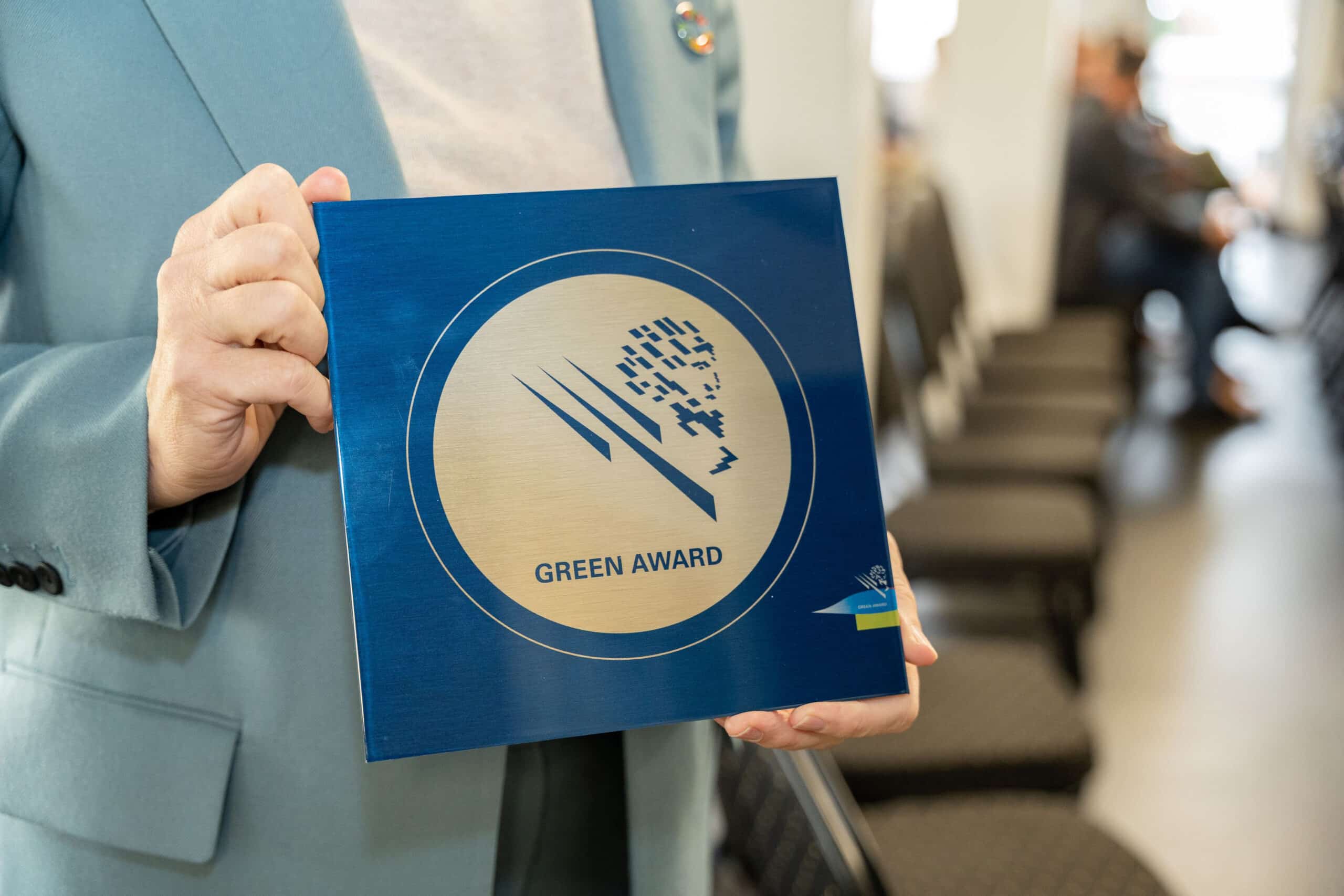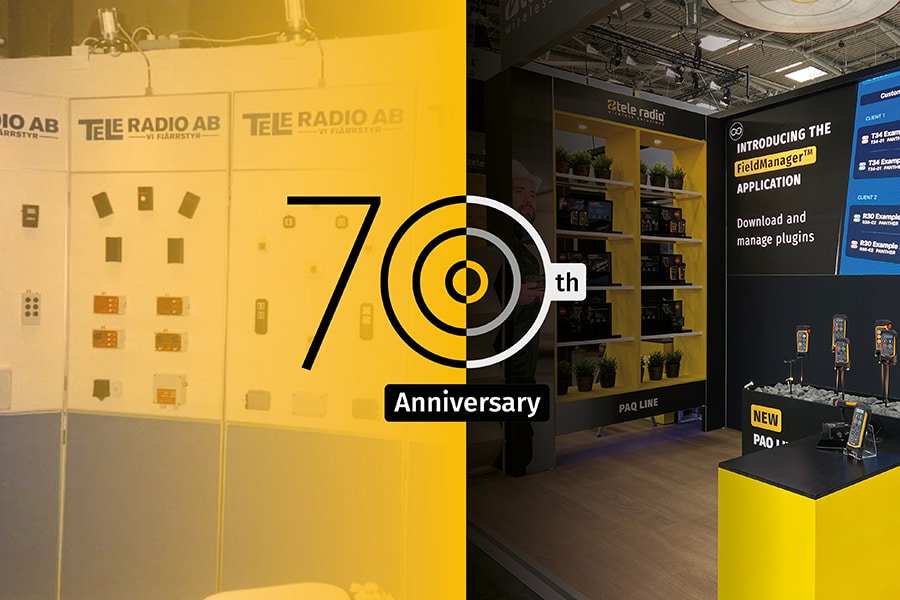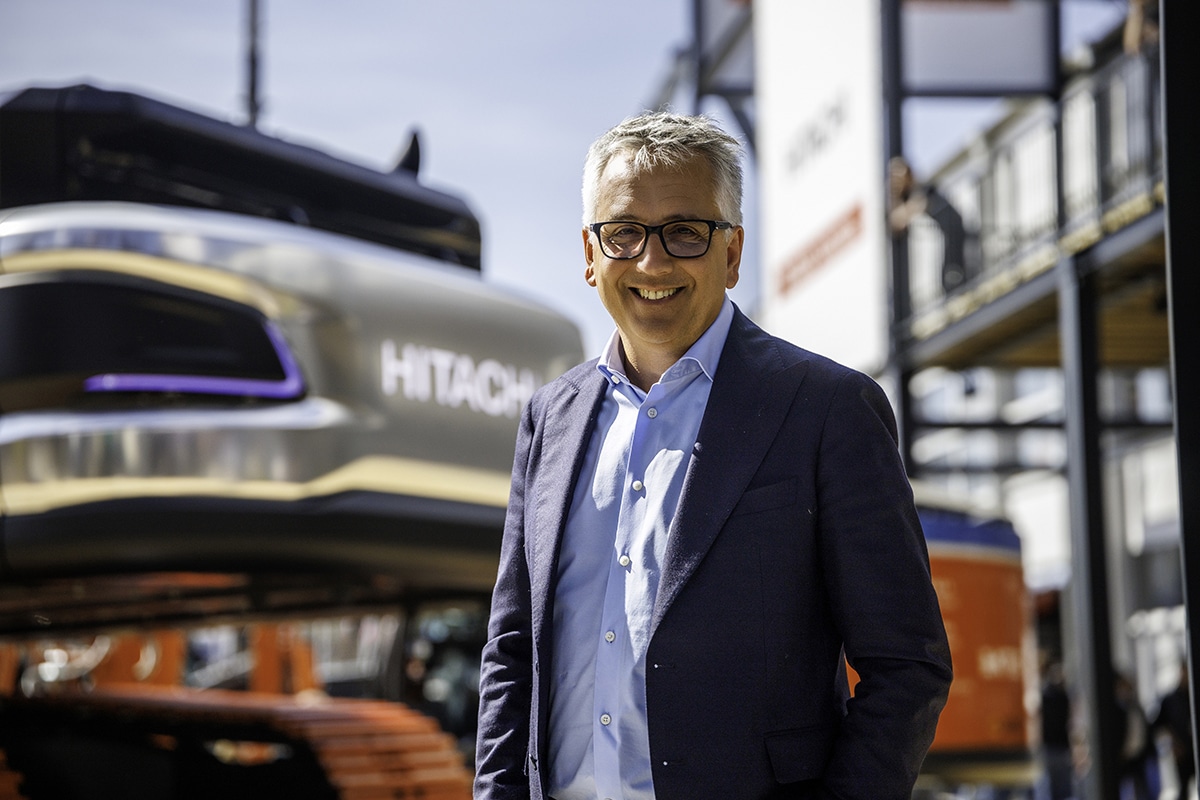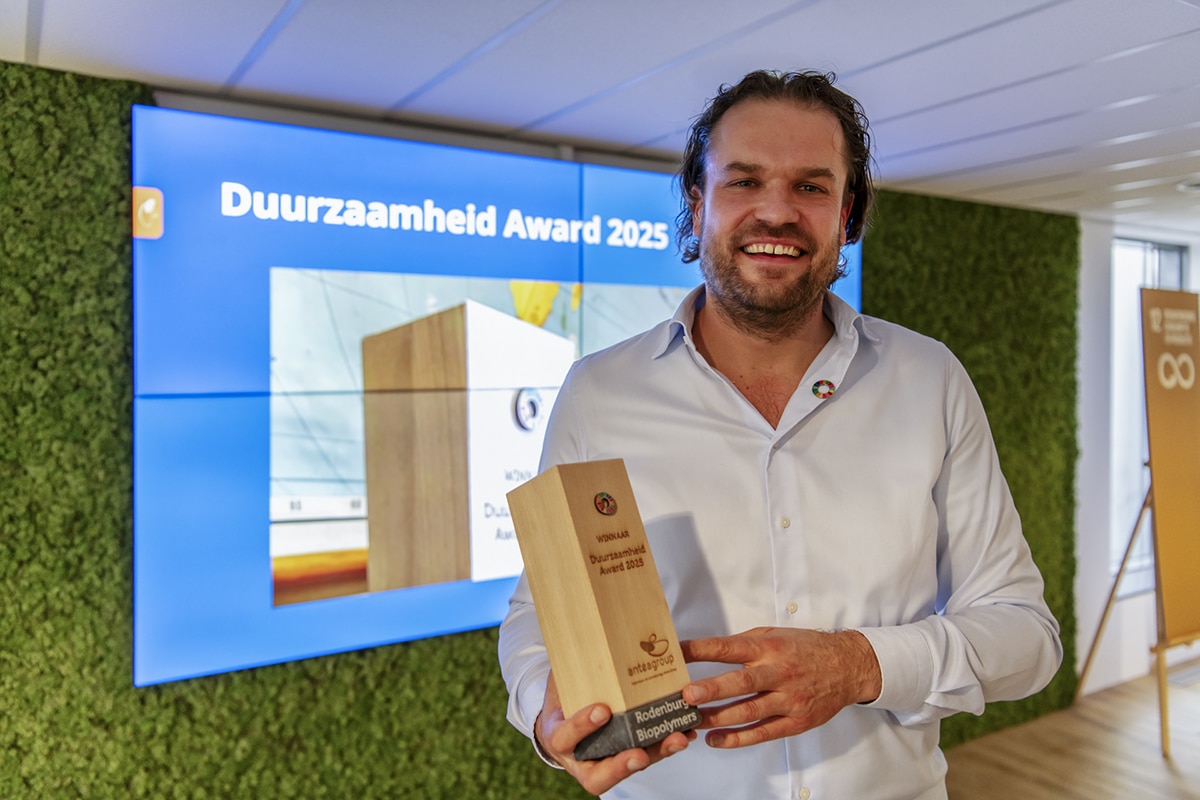
Keeping Amsterdam accessible during closure of Piet Hein tunnel
This is emphasized by Jasper de Vries and Lisanne de Wijs of XTNT, who are involved as mobility managers in the renovation of the Piet Hein tunnel in Amsterdam.
Influencing in addition to redirecting
"To keep the city accessible during the closure of the Piet Hein Tunnel starting this year, much more is needed than rerouting," De Vries knows. "The traffic that normally drives through the tunnel creates great pressure on the detour routes. Especially during long stoppages, this is undesirable." De Wijs adds: "The corona crisis obviously also has an impact on mobility and traffic. In this case there is uncertainty about how busy the road will be when the tunnel is closed, but also about mobility alternatives, such as the use of public transport. Factors we obviously take into account and where there are also opportunities. Think of the rush-hour avoidance that is increasingly being discovered now that working from home is becoming so normal for many. With each specific project -and thus also with this tunnel closure- we focus on the user and changing his/her mobility behavior. In doing so, we deploy modern means to influence the behavior of road users."

Mobility Plan
"From the mobility plan, in which we steer for 1,500 rush-hour cuts per day during the tunnel closure, we elaborate on ideas and see what the most promising measures are. Here we base ourselves on traffic figures from before the corona crisis. We first analyze who is the target group driving through this tunnel and how we can reach them. We then determine how we can stimulate them in the right way to change their behavior. That is crucial to the success of the measures," says De Vries. "Psychology and communication are distinctive in this," De Wijs knows. "We provide five behavioral alternatives on which all measures are based to keep Amsterdam accessible during the closure of the Piet Hein tunnel." (see Figure 1)
From accessibility communication to employer approach
"An important aspect of our approach is accessibility communication. With this we approach the target groups in a very targeted way in order to provide appropriate information and mobility alternatives," De Wijs continued. "For example, we use smart apps that allow us to tailor the timing and content of messages to the target group. This allows you to direct traffic in a very targeted way. We are also working with the Breikers Foundation on an approach for employers in the vicinity of the Piet Hein Tunnel. Via the employers we are trying to get their employees to travel differently, which should lead to rush-hour avoidance.
Connecting to citywide goals
"We are going to focus even more on developments that are already underway in Amsterdam and that thus contribute to structural behavioral change and city-wide objectives. One example is the stimulation of shared bicycles and scooters. We are already doing this, but both the closure of the Piet Hein tunnel and the new challenges arising from the Corona crisis show that these developments in particular deserve even more attention in the coming period," de Vries concludes.



